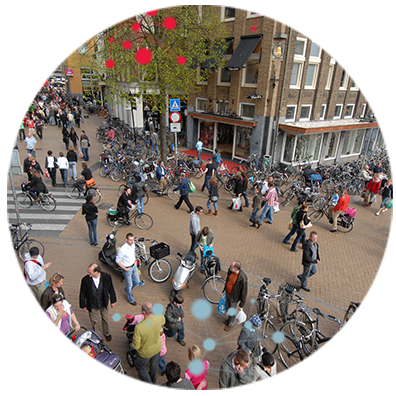Lack of knowledge and insight can lead individuals down the path of poor financial decisions. Without a clear understanding of their current financial situation, people can make irresponsible or ill-timed purchases, pay bills late or fail to pay creditors at all. These behaviors can result in increased money owed, collections activities and higher levels of debt.
In Groningen, the largest city in the northern Netherlands, a government institution, the Groningse Kredietbank (GKB), helps residents gain control over their debts through a variety of services including debt assistance, debt prevention, income management and social lending.
Institutions like GKB, though, struggle under heavy administrative burdens, as creditors may regularly communicate only with debtors and not with the credit bank. As a result, debt relief officers spend a great deal of time updating data related to payments, earnings and expenses and coordinating between the parties. What if they could spend less time on administrative tasks and more time coaching debtors to make better-informed financial decisions? This premise underpinned an innovative approach using blockchain technology to benefit Groningen residents in need of debt relief services.
From blockchain hackathon to proof of concept
A rapidly emerging technology, blockchain allows data to be agreed upon, stored and updated in near real time on a secured distributed ledger. It also enables the data to be accessed by numerous authorized participants, making it ideally suited for environments where multiple parties wish to exchange information reliably and securely while guaranteeing each party’s privacy.
As home to the world’s largest blockchain hackathon, Groningen sought to understand how blockchain might be relevant to its debt relief ecosystem.
Groningen and GKB partnered with CGI to help refine this idea and move the blockchain concept to reality. Together, the team created a proof of concept that stores financial status changes of GKB clients in a private blockchain, along with invoices and income payment information of external partners.
The proof of concept, developed in just three months, has demonstrated the feasibility of using blockchain technology to support debt relief efforts. The municipality foresees benefits for residents, debt relief officers and creditors alike.





